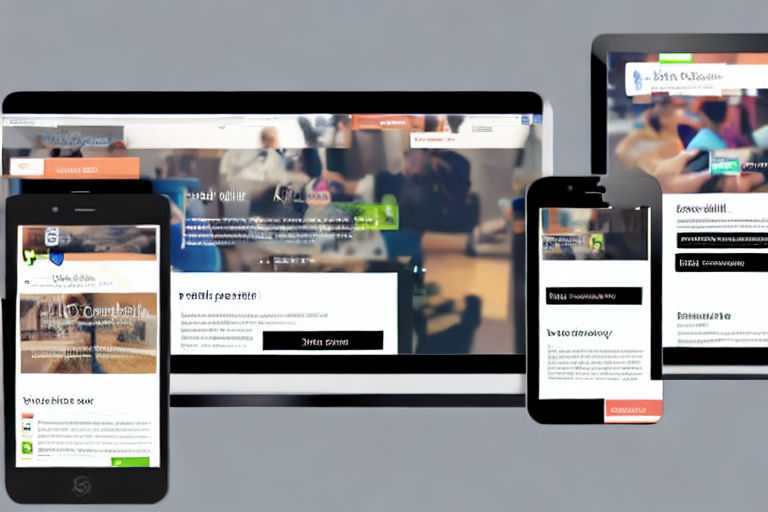How to Effectively Segment Your Email Marketing List for Optimal Engagement
Email marketing remains one of the most effective digital marketing channels, with a ROI of $42 for every $1 spent. However, in order to maximize the impact of your email campaigns, it's important to segment your email list properly.
Segmentation involves dividing your email list into smaller groups or segments based on specific characteristics or behaviors. By segmenting your list, you can create more targeted and relevant emails that are tailored to the interests and needs of your subscribers. Here are some tips for effectively segmenting your email marketing list:
1. Collect Relevant Subscriber Data
To effectively segment your list, you need to collect relevant subscriber data. This includes information such as demographic data (e.g. age, gender, location), behavioral data (e.g. purchase history, website activity) and psychographic data (e.g. interests, values, attitudes).
You can collect this data through sign-up forms, surveys, and tracking tools like Google Analytics. The more data you collect, the more insights you'll have into your subscribers and their preferences.
2. Segment by Demographics
Demographic segmentation involves dividing your list based on characteristics such as age, gender, income, location, etc. This can be useful for tailoring your email content and messaging to specific groups of people. For example, if you own a fashion brand, you may want to segment your list by gender to send targeted campaigns to men and women separately.
3. Segment by Behavior
Behavioral segmentation involves dividing your list based on how subscribers have interacted with your brand. This can include things like purchase history, website activity, email engagement, etc. By segmenting your list based on behavior, you can send more targeted and personalized emails. For example, you can create a segment of subscribers who haven't made a purchase in a while and send them a special offer to entice them back.
4. Segment by Psychographics
Psychographic segmentation involves dividing your list based on personality traits, interests, values, or beliefs. This can be useful for creating more targeted and relevant content for specific groups of subscribers. For example, if you run a health and wellness brand, you may want to segment your list based on interests such as yoga, meditation, or healthy eating.
5. Test and Refine Your Segments
Segmentation isn't a one-time event. It requires ongoing testing and refinement to make sure you're sending the right messages to the right people.
Use A/B testing to compare the performance of different segments and optimize your email campaigns accordingly. You can also use tools like email heat maps and click tracking to monitor how subscribers are interacting with your emails.
By effectively segmenting your email marketing list, you can create more targeted and engaging email campaigns that drive results. Use these tips to collect data, segment your list, and optimize your campaigns for maximum impact.



